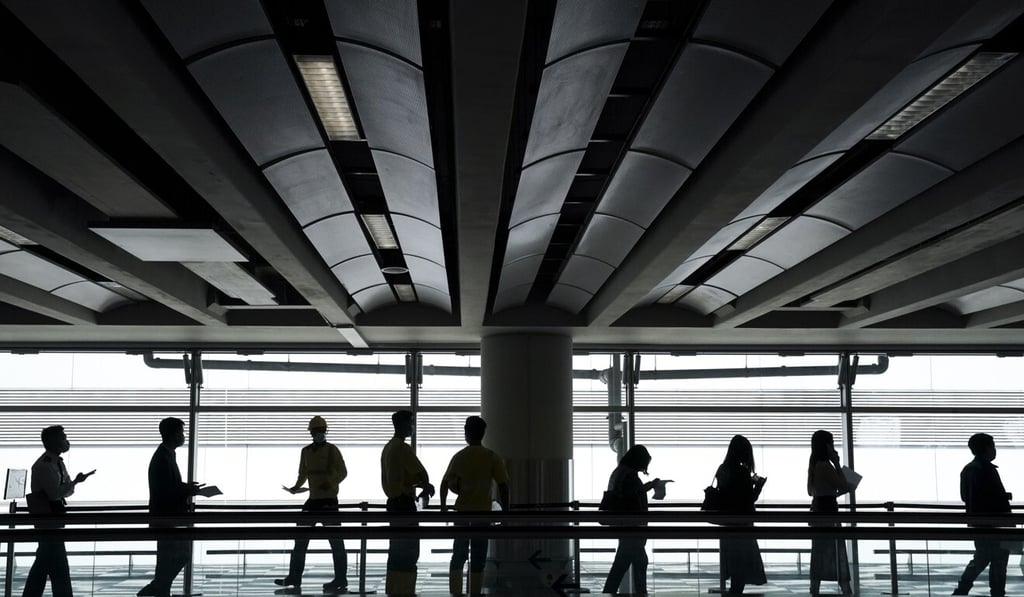A cool idea: Hong Kong airport cuts energy consumption with new air-conditioning control system
- Machine learning and real-time data on passenger flows and outdoor temperatures will allow for smarter, faster adjustments
- The energy saved would be enough to power 1,200 local households, while annual carbon emissions will be reduced by 1,900 tonnes

Hong Kong’s airport has become the first in the world to adjust its air conditioning based on real-time weather data, cutting down its yearly energy consumption by the amount needed to power 1,200 households over the same period.
The new Predictive Control System for Air Conditioning, jointly developed with electricity utility CLP Power, uses machine learning and real-time data about inbound flights and passenger flow alongside weather information provided by the Hong Kong Observatory to predict and regulate the indoor temperature of Terminal 1 so it stays between 24 and 25.5 degrees Celsius.
Before the smart system’s installation at the beginning of this year, the airport’s air conditioning made adjustments based only on indoor temperatures, a sluggish method that expends more energy.

The big data analytics, along with two newly installed chiller plants, will save 5.1 gigawatt-hours annually, an amount roughly equal to 1,200 Hong Kong CLP residential customers’ annual energy consumption. The set-up will also reduce carbon emissions by 1,900 tonnes over the same period, the amount offset by planting 80,000 trees.
The Hong Kong International Airport consumes 300 gigawatt-hours every year, with about 25 per cent of the energy going toward air conditioning in the two terminals.
“We hope the system not only saves energy but provides travellers with a more comfortable environment, as we can now avoid overly hot or cold temperatures brought about by sudden weather changes,” said Amen Tong Yuen-king, general manager of technical services infrastructure at the Airport Authority.